Identifying where and when urban renewal occurs: a continuous change detection-based framework using two decades' worth of Landsat data
Type
Publication
International Journal of Digital Earth
Urban Renewal & Remote Sensing
🏙️ What if satellites could tell us when a city breathes, rebuilds, and transforms? A new study used 20 years of Landsat satellite data to map urban renewal in Beijing—capturing not just where old buildings were torn down and rebuilt, but when and how fast the changes happened.
🛰️ Using an algorithm called CCDC, researchers identified over 340 km² of renewed urban space between 1999–2019. Most projects wrapped up in under 5 years—revealing a pattern of “quick demolition and reconstruction” that shaped the city’s core.
🌱 Why it matters?
Understanding how and when cities change helps us design more equitable, sustainable urban futures.
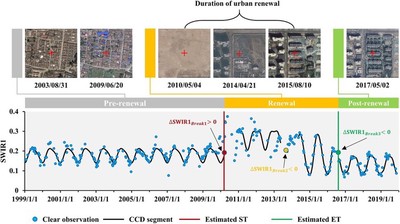
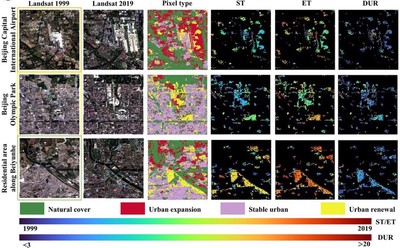
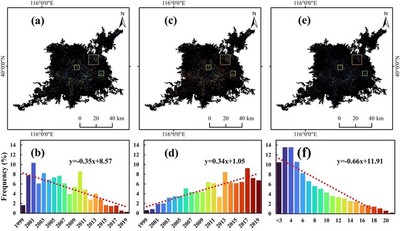
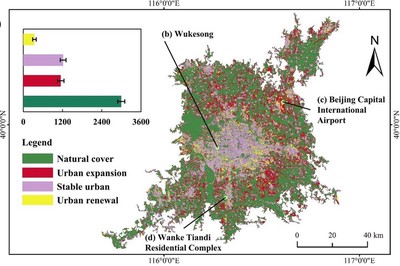
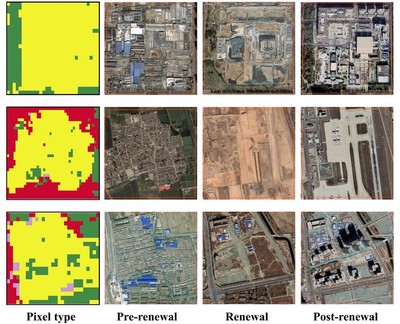
Author: Qi Zhang
Updated: June 2025